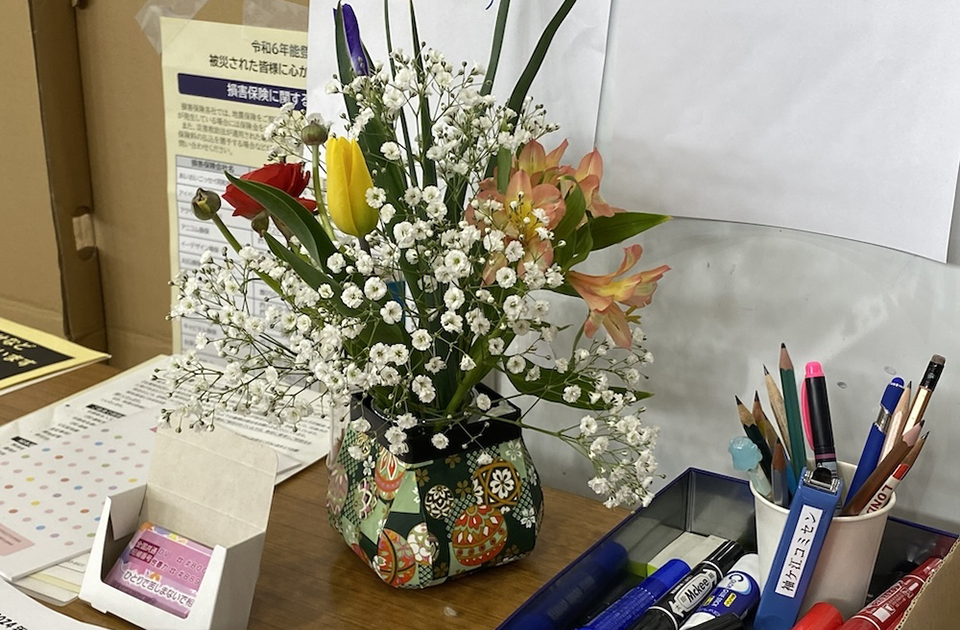Tags:Medical and HealthArt and LifeFood and AgricultureHokuriku
Noto Peninsula Area
Caring for the mind and body of disaster victims with the Okada Health and Wellness Program
The Noto Peninsula Earthquake, which recorded a seismic intensity of 7 on January 1, caused enormous damage in various parts of the Hokuriku region, particularly in the Noto region. Once again, we would like to express our deepest condolences to those who lost their lives and all those involved. We also extend our heartfelt sympathies to all those affected by the disaster.
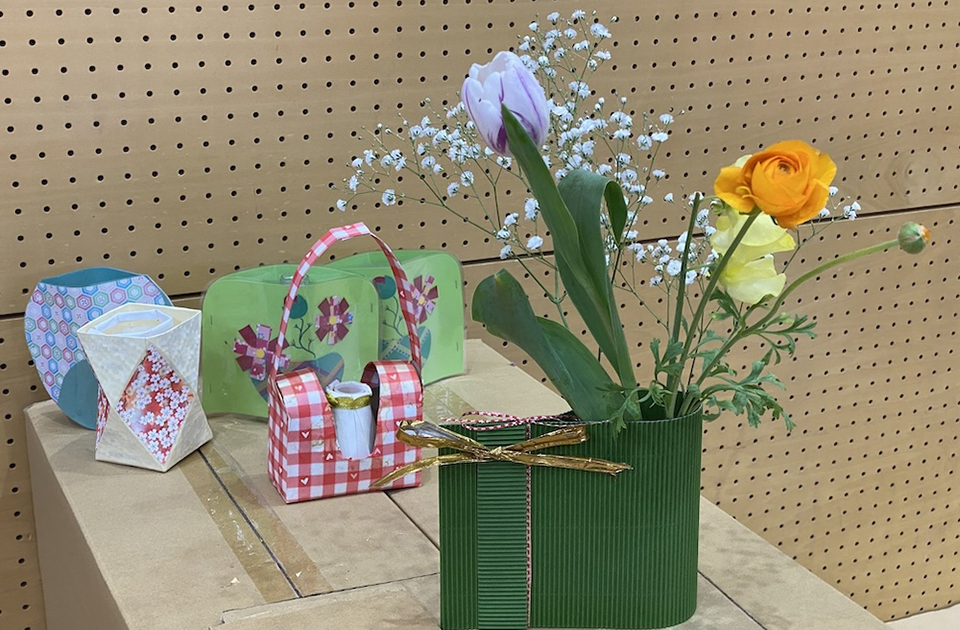
MOA International Inc. quickly set up a disaster response headquarters after the disaster and dispatched support teams mainly to the heavily damaged Noto region. While checking the safety and damage status of MOA members and other related parties living in the affected areas, we delivered heartfelt relief supplies donated from all over the country according to their needs, and worked to support the maintenance of physical and mental health of those who were not feeling well through the Okada Health and Wellness Program.
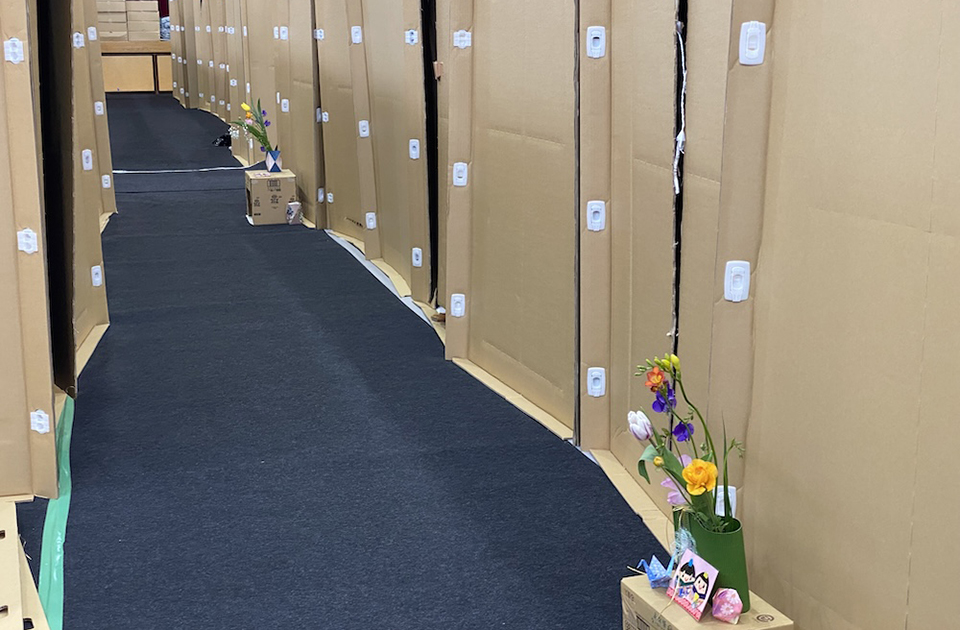
In addition, as evacuation life continues for a long time, people become exhausted by stress and more people complain of poor health. MOA nutritional education advisors, who are registered volunteer groups, and the Healthy Life Networks, Kanazawa Wellness Center, and the Matto Health Village, which cultivates vegetables using the Nature Farming method, have worked together with government officials to visit various evacuation centers and provide support according to their needs, such as cleaning and transporting equipment. They have also provided health consultations by doctors and other medical professionals, focusing on care based on the Okada Health and Wellness Program, such as cooking soup using vegetables grown using the MOA Nature Farming method and flower therapy based on the MOA Arts and Culture Program, in the hope of providing a moment of healing. These activities have been carried out in various places, including evacuation centers in Nanao City, Wajima City, Suzu City, and Noto Town.

Comments included, “Most of the meals served at soup kitchens are strong-flavored, but today’s food was light, gently seasoned and delicious,” “We’re grateful that there are a lot of vegetables,” “We were feeling physically and mentally at our limit after being in evacuation shelters for so long, but looking at the flowers makes us feel at ease,” “Especially at times like these, flowers are very soothing,” and “Families who came here with gloomy faces have become cheerful and energetic by living together here. It’s all thanks to all of you.”
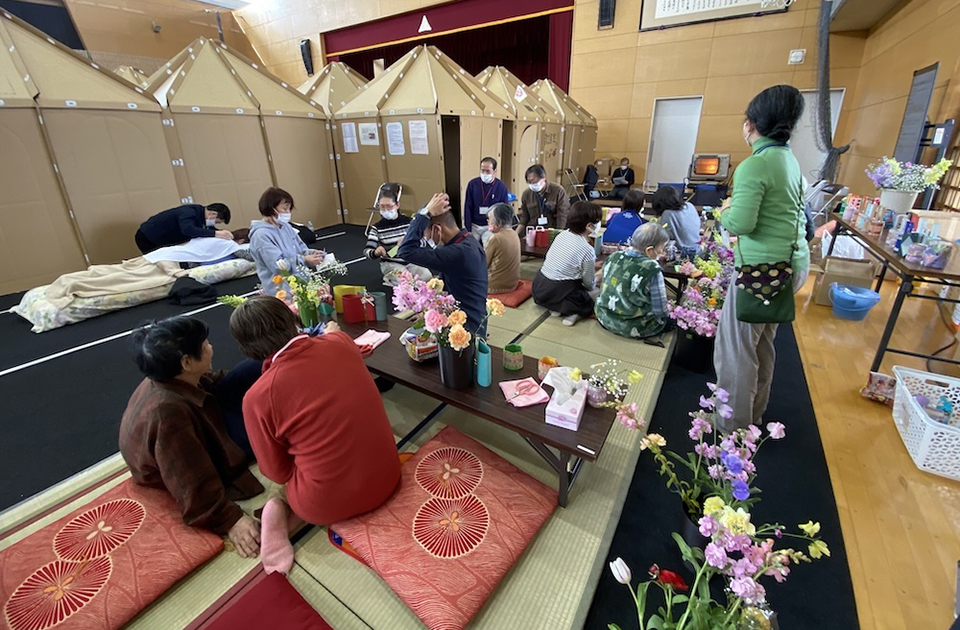
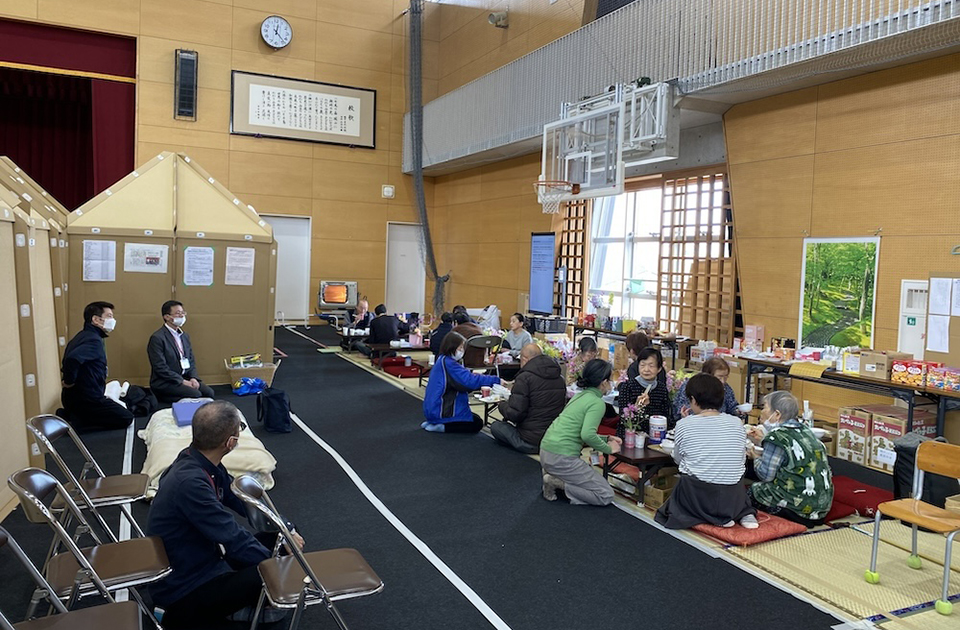
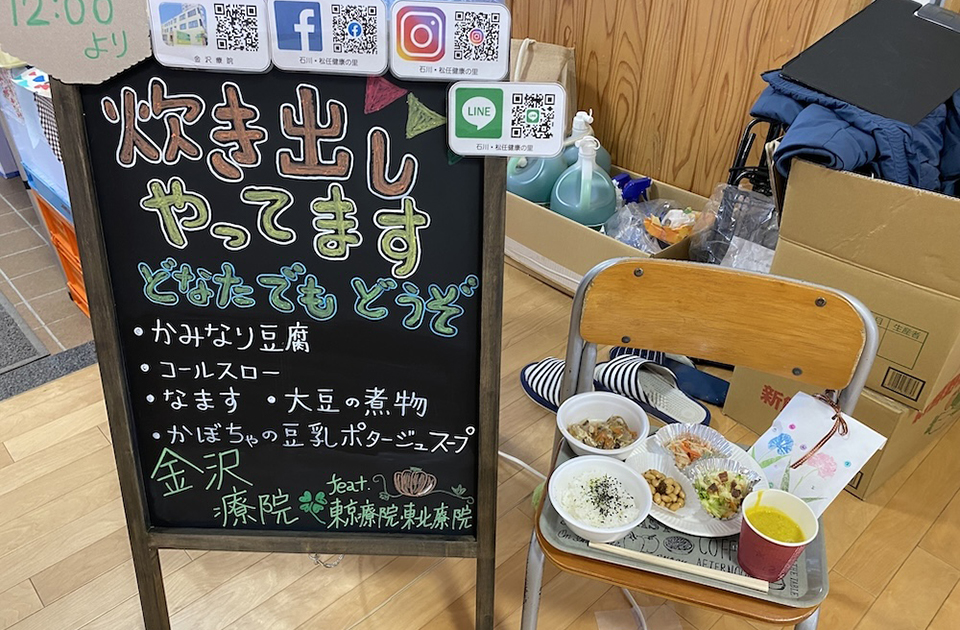
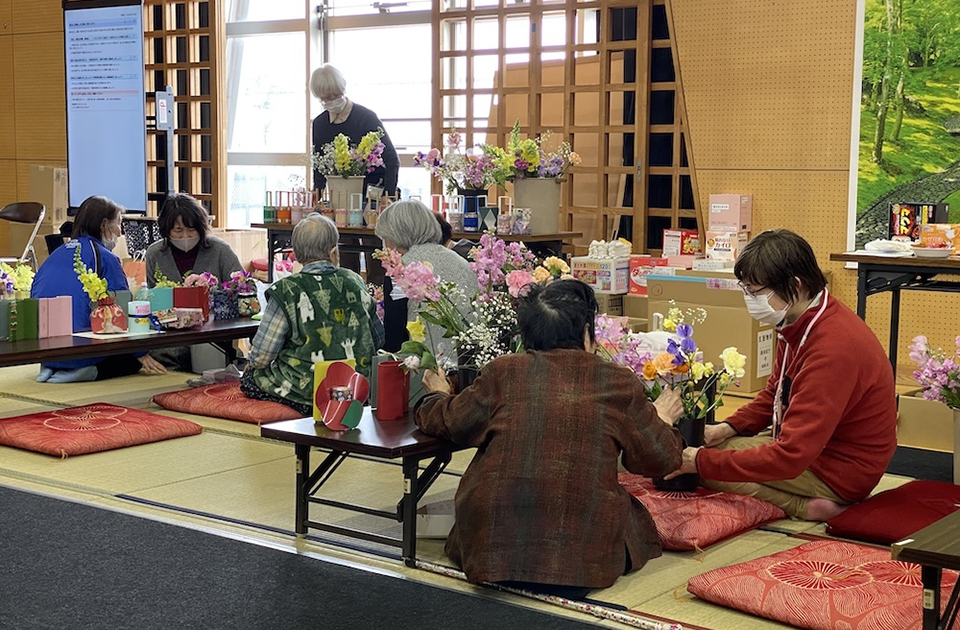
In March, doctors, nurses, acupuncturists, and the Okada Health and Wellness Program staff from Kanazawa, Tokyo, and Tohoku Wellness Centers visited the evacuation centers to support the mental and physical health of those affected by the disaster through various types of care. Such care included soup kitchens and the arts and culture programs. “There’s a lot of pre-cooked food in evacuation centers, so I’m glad we were able to eat vegetables,” “Everyone’s meals were delicious, I was really happy,” and “I’m grateful for everyone’s support. I can move forward.” were some of the happy comments.
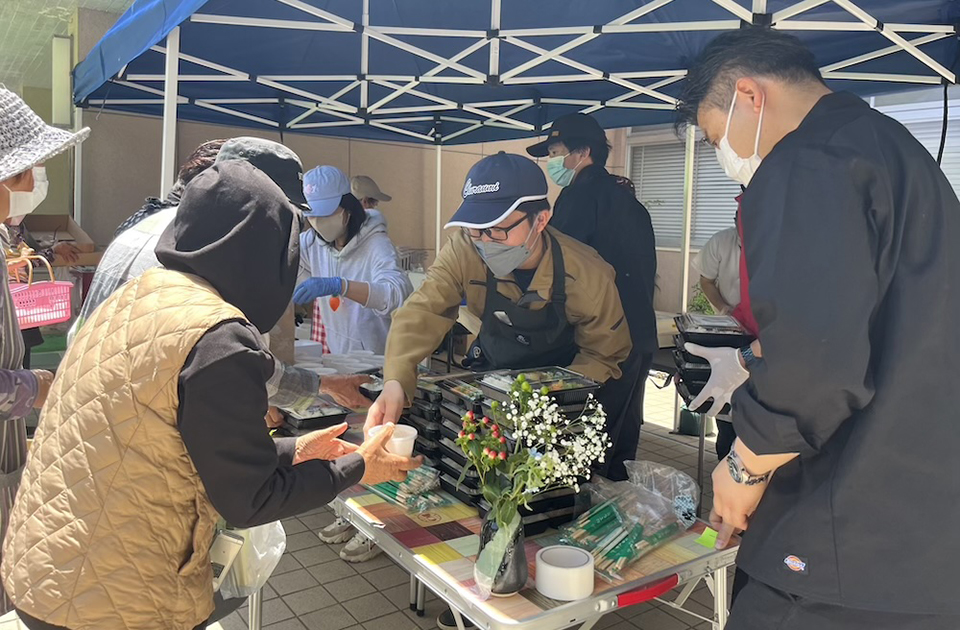
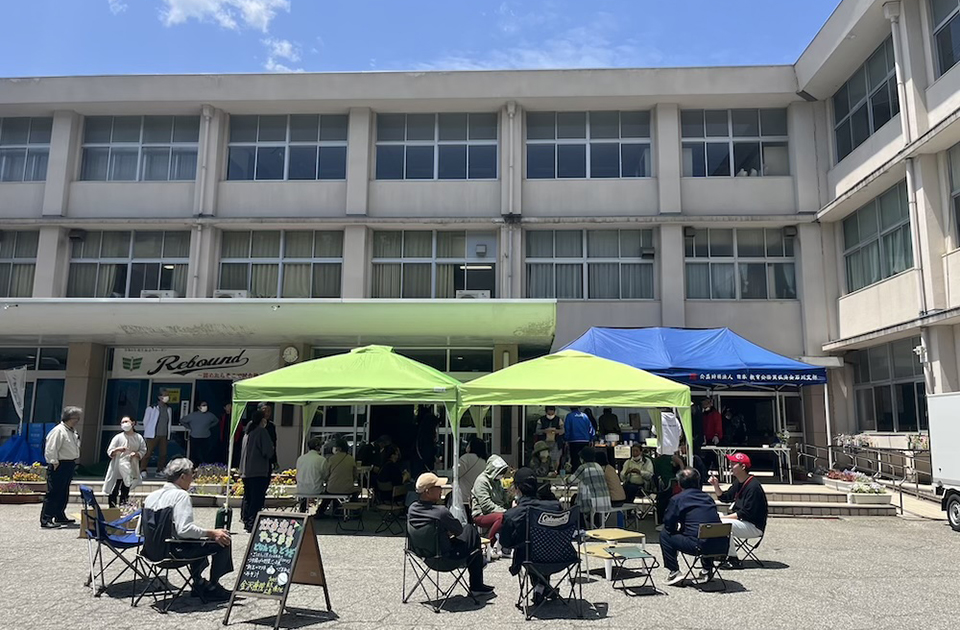
In May, the Kanazawa, Tokyo, and Hiroshima Wellness Centers worked together to provide health consultations by doctors, the arts and culture program, and massage care at evacuation centers. They also served meals at the soup kitchen, providing 150 natural food bento lunches and miso soup to people who were trying to rebuild their lives at home. In an outdoor café space, residents were given sweet sake made from organically farmed rice and homemade pound cake. Residents were seen catching up on their lives, with happy comments such as, “It’s been a while since we’ve had a chance to chat at length. I’m glad they’ve created a place where I can relax.”
